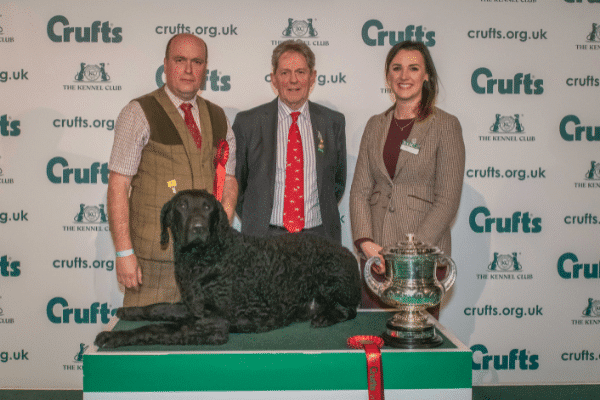
Crufts returns
This week sees the long-awaited return of Crufts, and all eyes will be on the BASC rings on Sunday 13 March for Gundog Day.
Get information on the legal shooting season for mammals and birds in the UK.
Apply for funding for your project or make a donation today
Comprehensive information and advice from our specialist firearms team.
Everything you need to know about shotgun, rifle and airgun ammunition.
Find our up-to-date information, advice and links to government resources.
Everything you need to know on firearms law and licensing.
All the latest news and advice on general licences and how they affect you.
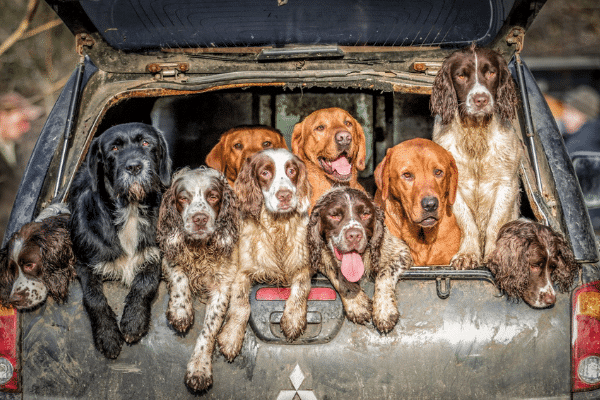
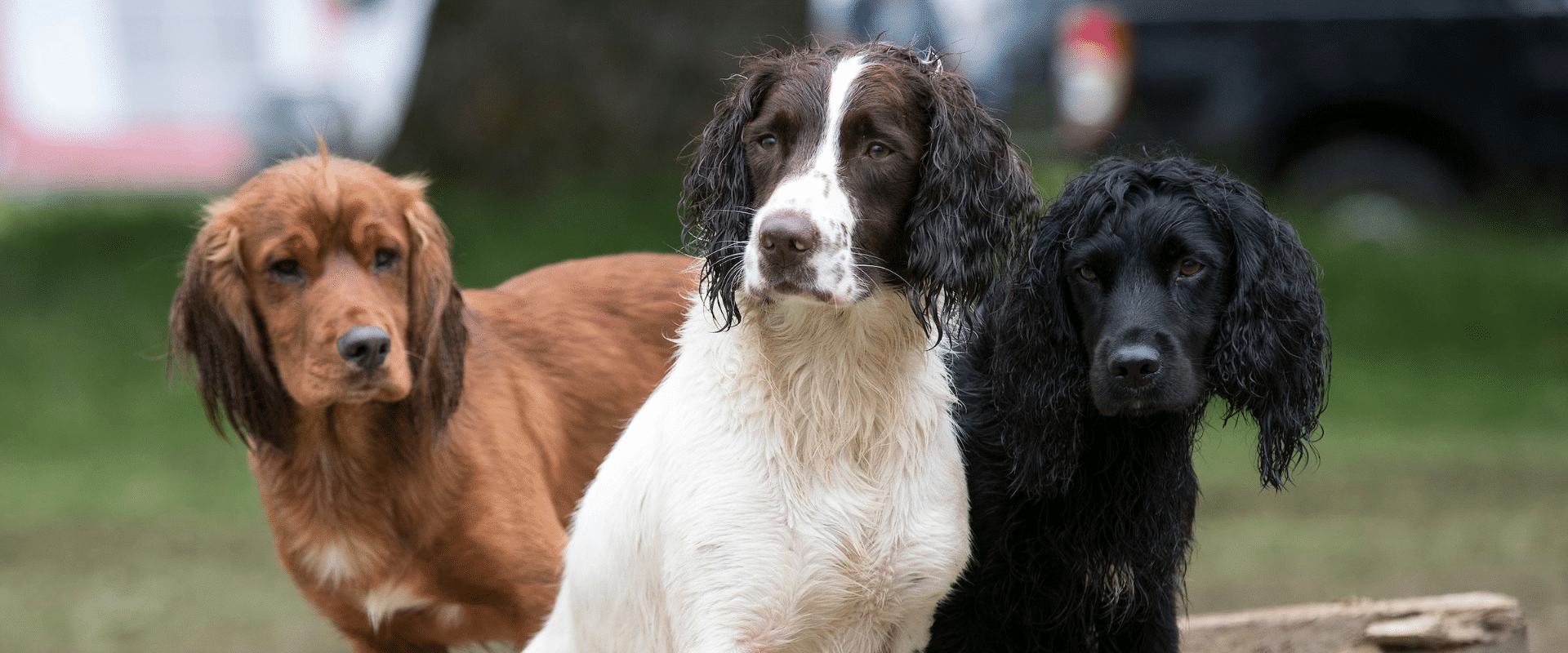
Writing for Gundog Journal, Anthea Shelley of Brockhills Training Services discusses which dog is best for which role and how you can assemble the perfect team for your needs.
If you pose the question ‘What is the perfect dog for me?’ to people of the shooting fraternity it will no doubt lead to an interesting, and quite possibly heated debate.
Everyone has an opinion as to the best dog on the shooting field and, let’s face it, it’s usually their own.
Owner’s expectations of their dog usually include at least one, if not more, of the many diverse roles, from making up the next Field Trial Champion (FTCh), to the family shoot companion for a couple of days of the season.
So, for anyone to even consider advising somebody on choice of breed, they would need to be not only ever so slightly brave, but to have a good understanding of the role which the owner is intending their dog to fulfil.
It would be easy to give an answer based purely on breed bias, and it may be that a particular breed could turn out to be more suitable than another for various reasons, but also temperament, pedigree, and the person holding the lead are all important factors.
A travelling salesman wouldn’t purchase a tractor for his drive from one end of the country to the other. Although it could do the job it certainly wouldn’t be the best choice and the same goes for choosing dogs for different roles.
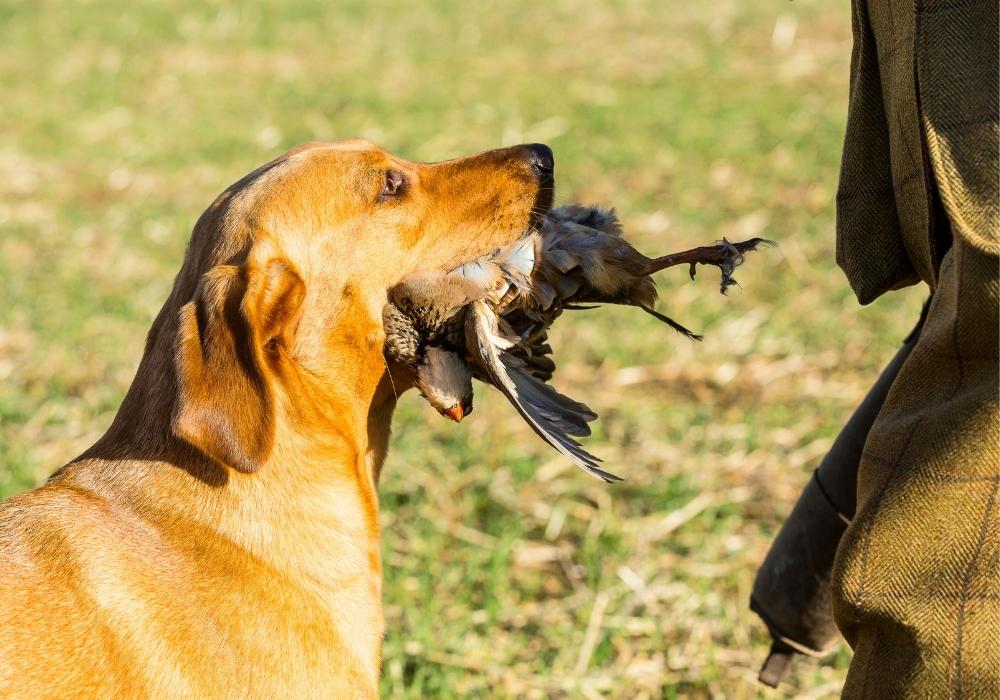
For many, shooting can still be a pastime which is undertaken on just a couple of specific days of the season, traditionally Boxing Day is seen as one such day where an invitation to shoot would be extended to other family members of the Gun, either to share their peg, or just to attend to enjoy the day. This invitation would of course include their dog.
These occasions for the additional guests are likely to be more about embracing the social aspect of the day, with the added bonus of giving their much loved family pet and sofa surfer for 360 days of the year the opportunity to retrieve a few birds during the course of the day. The emphasis is less likely to be on highly polished handling and dog work.
Quite often on these days, some of which are more informal and relaxed than others dependant on the keeper, the dogs are allowed more of a free rein when it comes to retrieving amongst the gun line.
Some dogs tend to opt for a self-employed approach. Inevitably this occurs when their handler’s attention is focused on watching some fantastically high birds, which could potentially turn out to be the best shot of the season.
Bearing in mind that for most of these dogs, and quite often their handlers, days spent in the field are few and far between, and the commitment to specific gundog training may not feature highly on a day-to-day basis.
A dog with more of a Land Rover engine, who ambles out at a steady pace, reliably looking for the retrieve, is going to be a much more suitable choice, opposed to the supercharged Ferrari type who needs precision handling.
Whether retriever, spaniel, or HPR breed, quite often these ‘stamp’ of dogs will be the offspring of many generations of homebred companions. They may not have a pedigree full of FTChs, or even a particular pedigree at all, but they relish the opportunity to spend a few days on the peg, as much as they excel at relaxing in front of the fire, or enjoying a walk in the countryside.
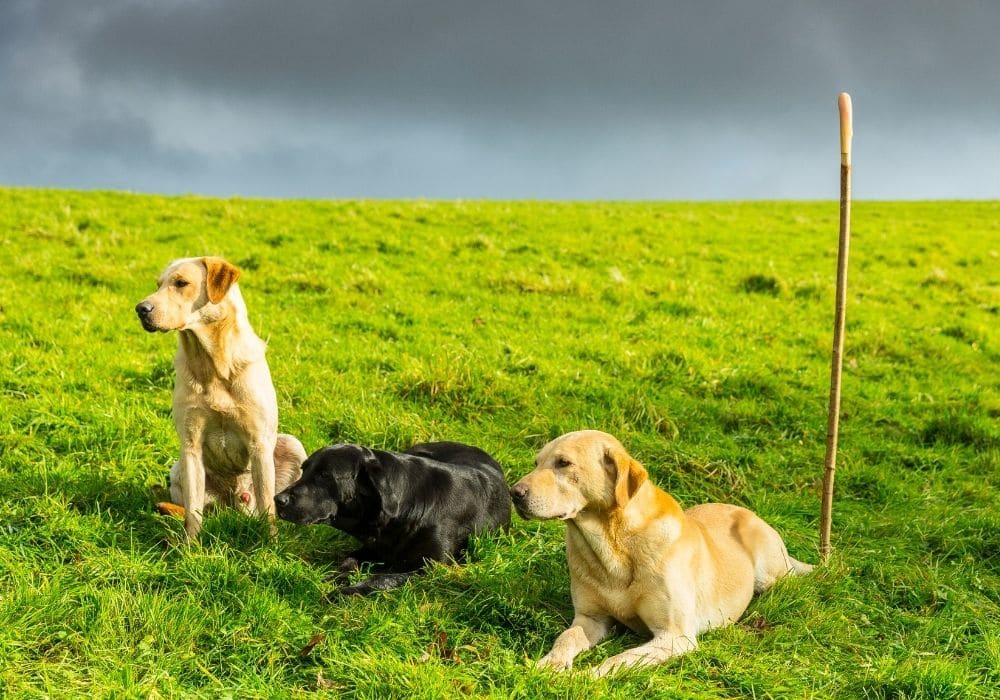
For those who enjoy the occasional days in the field, there can be much enjoyment to be found from offering to assist the picking-up team.
In order not to be a hindrance (highly efficient picking-up teams are renowned for taking the job seriously) and to minimise the possibility of embarrassment (picking-up tends to put you closer to a critical audience) a reasonable level of training should be established. A retired trialling dog, or an older picking-up dog can be ideal in this scenario.
With the continuing popularity of owning a working breed it is not uncommon to find handlers on the shooting field who have arrived there more by accident than initial intention.
Maybe with fond childhood memories of a family pet, having done their research they decide a KC registered dog, with some well-known FTChs in its pedigree, is a good choice.
Sometimes the reality of that childhood memory is a far cry from the puppy, which is now their responsibility, and the decision to undertake some structured training can result in a natural progression to wanting to put all their hard work into practice.
Even on a small syndicate shoot picking-up comes with a great deal of responsibility, and for a dog, which hasn’t had as much exposure to the field temptation can be so much greater. With fewer scheduled forays for the part-timer, a much longer introduction period would be necessary.
Whereas a retired trialling dog, or an older picking-up dog no longer able to manage a full season’s work, obtained usually by word of mouth, can make the perfect already trained candidate for the more casual picker-up.
At the very least, their dog needs to sit quietly through the drive, and to be under control when sent for a retrieve. With them less likely to be sent for the runner which dropped two fields away, a dog with the drive and pace of an Olympic sprinter is not really a requirement. But one which will enthusiastically hunt in the hedgerow for the bird which definitely landed there, only to appear 50 metres further up with its quarry, will be greatly appreciated by the watching Guns. And in turn is more likely to result in a return invitation from the keeper.
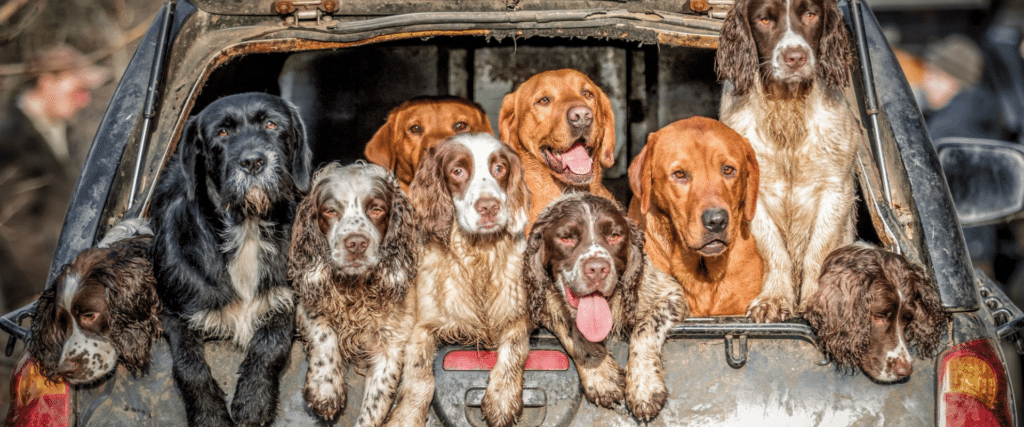
For those who pick up on a regular basis, it is indeed a dedicated affair. These are self-professed ‘serious dog folk’, committed to a full schedule of shoot days. And this requires a considerable number of dogs to form the team.
The team will consist of young dogs learning the ropes to the experienced stalwarts who don’t require a handler – just a driver to get them there on time in the morning.
There can be a variety of breeds, abilities and temperaments, to ensure there is a dog for every job. Quite often some field trial award winners can be found amongst the pack, which is clearly testimony to the training which goes into these champions of the competition world.
Sitting a large number of dogs off lead with the drive in full swing is no mean feat in itself. Take into consideration the high concentration of shots fired, marking numerous birds, and more often than not the necessity to send for a retrieve mid-drive, and it’s clear the dogs have to be capable of high levels of self-control one moment. And then they need to switch to utilising their drive, speed and handling, when sent for the runner two fields away, requiring the negotiation of three fences, a ditch, and a stone wall to deliver the bird to hand on their return.
The handler is heavily dependent on the dog’s game finding ability. Casting the team off to sweep in a disciplined manner at the end of the drive ensures no bird is missed, and demonstrates the versatility of skills essential to fulfil this pressured role.

Of course no shoot day would be able to happen without the gamekeeper, and just as importantly his or her dogs. The keeper’s dogs play a hugely important role, which is so much more a way of life than just about what happens from the start to the end of the season.
These dogs need to be multi-skilled. The role can include: perfecting the art of riding on the back of various vehicles, dogging in from dusk to dawn and particularly those young poults intent on boosting next door’s numbers, being on duty at the bottom of a high seat, retrieving from the pigeon hide. And all this before the season commences.
Many people may only have experienced a brief glimpse of the keeper with his dogs at work.
Compared to the polished picking-up dogs, or the FTCh, they can appear a somewhat feral bunch. They may not stop on the whistle 300 metres away, or walk regimentally to heel until released, but they have an uncanny knack of finding that lost bird tucked away in the bottom of the blackthorn bush.
They can also tell if a bird is dead in the air, or going to be a runner before it hits the ground, in which case setting off early for the retrieve is justified. They remain unfazed despite several hundred birds being gathered at the flushing point just yards in front of them, which would be enough to send even the steadiest of a lesser mortal’s dog in to a frenzied state.
These faithful servants may be a whole plethora of breeds and heritage, but guaranteed each one is worth its weight in gold to the keeper.
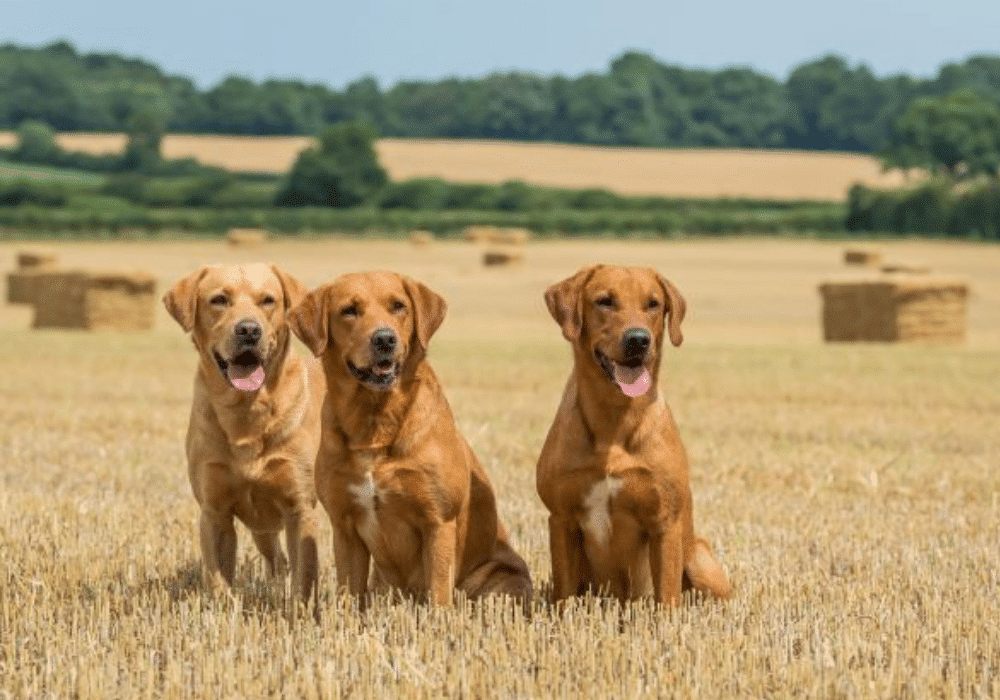
When not out earning their keep on driven shooting days, some of these dogs may be found putting their skills to good use competitively within field trials or working test.
Discussing the benefits for trialling dogs who pick-up, or picking-up dogs who trial can open a whole can of worms, but there is certainly a crossover between the two.
For the handler ‘dipping their toe’, field trialling can appear to be an elitist sport. In reality, a good standard of novice (Kennel Club registered) dog, one who walks to heel, marks well, handles, retrieves to hand, is quiet and has the ability to use its nose and hunt, should hold its own at a Novice Trial.
For the more serious and competitive trialler with aspirations of making their dog(s) up to FTCh, and gaining qualification to run at the championships, they would be requiring a little something extra. We are looking for a dog which has more drive than a Formula 1 racing car, with the style of a Bugatti. It will need to handle like a dream and never question its handler. But it will also need the ability to think for itself when the need arises, and probably possess a pedigree full of FTChs.
For those dog folk who may have less inclination to drive from one end of the country to another to spend a day in the cold and wet with other like-minded triallers, but are by no means less competitive, working tests can be an alternative option.
Due to taking part out of season the weather is usually better, and there are also some dogs who just find the whole shoot situation with live game just too overwhelming. The standard of training required for tests is certainly no less than that for trialling. But canvas dummies tend to behave more predictably than live game, which can be easier to manage for the more highly-strung participants. And there is a more even field of play for all competitors in working tests because the variables are so much more easily controlled.
A successful test dog, as well as demonstrating heelwork, handling and self-control to focus amidst a busy environment, needs to be a keen retriever of dummies.
Some handlers see the working test as a good stepping-stone, especially for younger dogs aimed at the trialling field. Meanwhile others enjoy the working test scene for the opportunity to embrace spending time with their four-legged companion.
In today’s often high-pressured and stressful existence, any time spent in the shooting field, trialling or testing with man’s best friend is certainly time well spent.
Additional photography by Tony Raine for Gundog Journal.
This article first appeared in Gundog Journal. BASC members receive a 20% discount on subscriptions. Use code BASC20 at checkout.
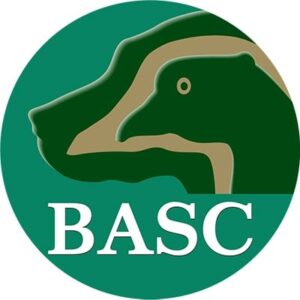

This week sees the long-awaited return of Crufts, and all eyes will be on the BASC rings on Sunday 13 March for Gundog Day.
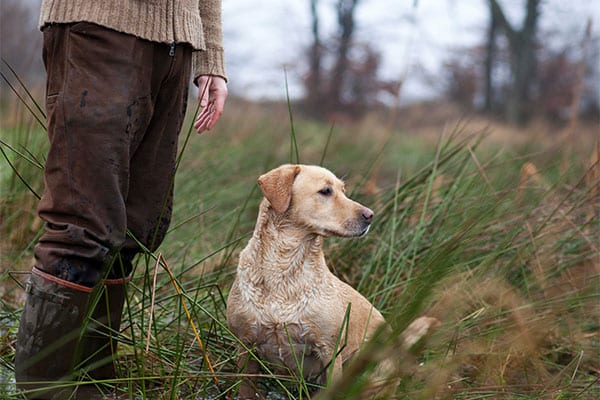
Entries for the BASC Tower Bird Trophies, which reward performances in field trial competitions, close on 31 May 2024.
Andrew Profit, a keen stalker and outdoor enthusiast, talks about living with Lyme disease.